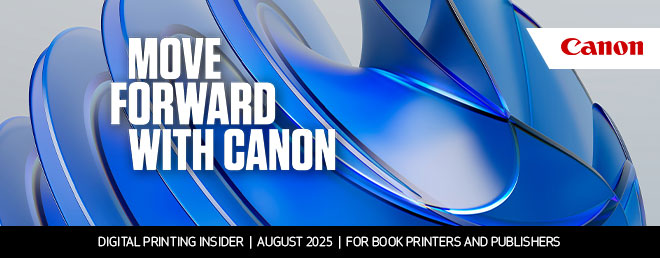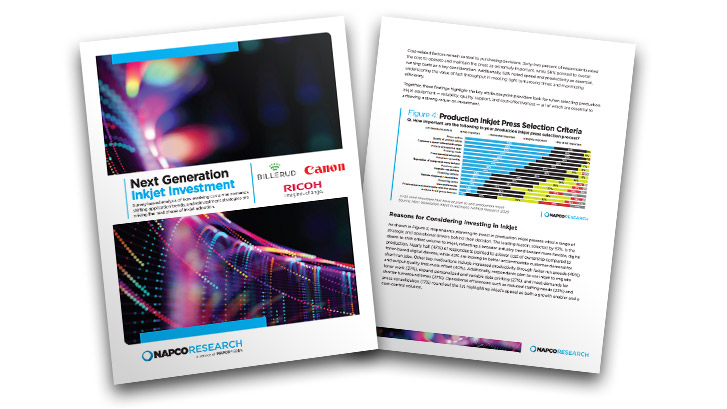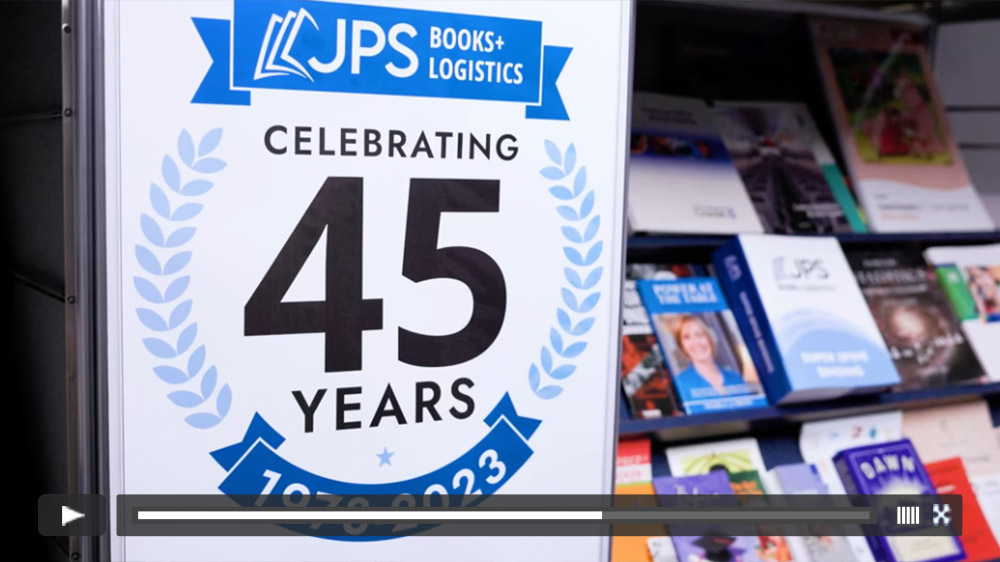Making the Shift: How Book Printers Are Adopting Production Inkjet and What It Means for Workflow
In recent years, production inkjet technology has moved from the fringes of the printing world to the center of strategic investment for many book printers. Faced with shrinking print runs, rising material costs, and tighter turnaround times, book manufacturers are embracing inkjet to stay competitive. But adopting this technology isn’t just about installing a new press—it demands a fundamental rethink of workflow, process integration, and production strategy.
Why Book Printers Are Turning to Inkjet
The shift toward short-run, on-demand, and personalized printing has made traditional offset workflows increasingly inefficient for many types of books. Production inkjet presses can offer:
- Faster setup and changeover times
- Lower waste for shorter runs
- High-speed output with near-offset quality
- Support for just-in-time inventory models
This makes inkjet especially attractive for academic, self-published, and backlist titles—segments where demand is unpredictable and unit volumes are low. Additionally, the environmental advantages of inkjet, including reduced paper waste and energy consumption, align with the growing sustainability goals of publishers.
Key Workflow Considerations When Transitioning to Inkjet
Switching from offset to inkjet is not just a plug-and-play solution. The underlying workflows that support offset production often don’t translate directly to inkjet. Book printers need to rethink several core aspects of their operation to take full advantage of what inkjet offers.
1. Prepress and File Preparation
Inkjet printing is more sensitive to file preparation than offset. To optimize for ink usage, coverage, and print clarity, printers must standardize incoming files and often tweak settings like resolution, color profiles, and imposition templates. Automated prepress solutions like PDF workflow engines are increasingly being used to streamline this process.
Variable data capabilities, while a major advantage of inkjet, also introduce complexity. Workflows need to support dynamic content generation, and raster image processing (RIP) systems must handle high volumes of variable data quickly to avoid bottlenecks.
2. Paper Handling and Compatibility
Paper remains a crucial consideration in inkjet workflows. Many inkjet presses perform best with inkjet-treated or treated-coated stocks, which can add cost or change sourcing. Printers must ensure their paper supply chain is compatible with inkjet requirements, and some may need to revise inventory practices or qualify new substrates. Canon has evaluated a wide variety of medias for our production inkjet technologies, and that list continues to grow—through both customer-specific application tests and evaluations of our media partners’ latest products. Our world-class media labs are dedicated to helping our customers understand media performance, with ratings for standard media offerings available on thINKforum.com.
3. Color Management
Color management in inkjet is fundamentally different from offset. Instead of relying on plate curves and press operator adjustments, inkjet workflows depend heavily on ICC profiles, ink limits, and substrate-specific calibrations. An effective workflow should integrate automated color profiling tools and use press management software to maintain consistent output across different stocks and runs.
4. Finishing and Bindery Integration
Inkjet presses often feed continuous rolls or sheets into inline or nearline finishing equipment. This requires synchronization between the press and finishing systems. Book printers must assess whether their current bindery can handle the variety and speed of jobs coming off an inkjet press.
Barcoding and job ticketing systems are critical for tracking jobs through finishing, especially when producing a mix of sizes, page counts, and binding types. Integration with JDF/JMF standards helps ensure finishing devices receive the correct setup instructions automatically.
5. Order Management and Scheduling
With inkjet’s capability for high-mix, low-volume production, the volume of individual jobs often increases significantly. Traditional order entry and scheduling systems may not be equipped to handle this. Book printers need automated production planning tools that can:
- Prioritize jobs based on deadlines and finishing requirements
- Group similar jobs to optimize media usage
- Balance workloads across multiple devices
Many shops are adopting end-to-end workflow automation platforms that tie together order intake, prepress, printing, finishing, and shipping—creating a streamlined, “lights-out” workflow from file to finished product.
Embracing the Hybrid Future
Most book printers adopting inkjet aren’t abandoning offset completely—they’re building hybrid workflows that leverage the strengths of both technologies. Long-run titles might still be produced via offset, while short runs, reprints, and one-off orders go to inkjet. Workflow systems must intelligently route jobs to the appropriate press based on criteria such as quantity, stock, and turnaround time.
In this hybrid model, production inkjet becomes a strategic asset, enabling printers to expand their service offerings while improving efficiency and reducing waste.
Final Thoughts
Adopting production inkjet is a transformative move for any book printer—but success depends on more than just the press itself. The real value lies in developing a robust, automated, and adaptable workflow that supports the speed and flexibility inkjet makes possible. Canon’s Professional Services team can help with this task.
Book printers who invest in the right systems—and the right mindset—will be well positioned to thrive in a market where agility and customization are the new normal.


